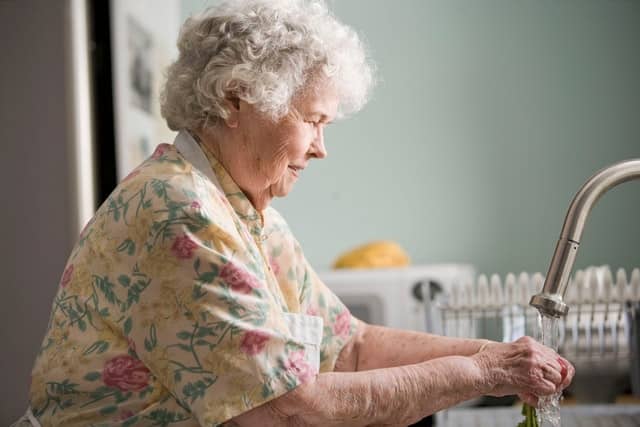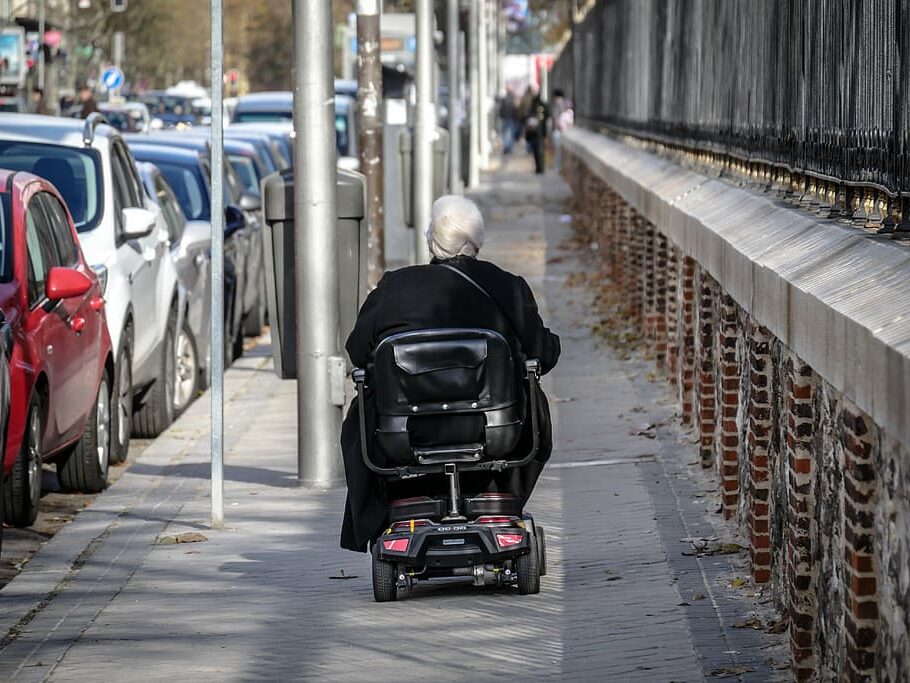In May 2021 the Ministers Department of Health announced several planned reforms to aged care funding, with the goal to improve access, quality and capacity.
This is great news for anyone approaching their golden oldie years who may need health care support. This includes those who are over 65 years when they acquire a disability and therefore can’t benefit from NDIS funding (due to NDIS age restrictions).
For Australians now and into the future, improvements like these reforms are a must. All of us grow old and may eventually need the support the aged care system provides. If and when we do, we hope for it to be adequate and reliable, especially if we are living with disability.
So what exactly are the funding changes? If you missed the media release, we’ve listed them right here. Let’s take a look.
Aged care funding rollout
The reforms are being rolled out over a five-year period (starting in 2021 and completing in 2025).
They’re grouped into five pillars:
- Home care
- Residential aged care services and sustainability
- Residential aged care quality and safety
- Aged care workforce
- Reforms governance
Here’s how the new funding is allocated:
1. Home care, $7.5 billion

Home care funding improvements offer support to senior Aussies who need it but can and wish to remain living at home. This funding has been earmarked for the following supports:
| $6.5 billion | 80,000 additional Home Care Packages |
| $10.8 million | Design and plan an improved home care program |
| $798.3 million | Provide support to Australia’s 1.6 million informal carers and add more respite services |
| $272.5 million | Help seniors access and use the aged care system |
Find out more about what supports can be included in our home care packages article.
2. Residential aged care services and sustainability, $7.8 billion

Pillar 2 of the reforms to funding has three main focus areas. Firstly, to improve the services that make up Australia’s aged care system. Secondly, to simplify them to make them more user friendly. Thirdly, to ensure seniors get value for money services.
Here’s how the funding has been allotted:
| $3.9 billion | More minutes added to front line care for aged care residents and their respite services. |
| $3.2 billion | Support aged care providers in providing improved care and services. This includes the introduction of a ‘Government-funded Basic Daily Fee Supplement’ for food services. |
| $102.1 million | Assign residential aged care accommodation directly to seniors. The improved system will be more competitive to providers so this funding allocation will also support providers to adjust to the new market. |
| $49.1 million | Grow the Independent Hospital Pricing Authority so it can ensure a balance between age care and its pricing. |
| $189.3 million | Establish a new Australian National Aged Care Classification to help create better funding arrangements. This means that funding should become more sustainable and fairer. |
| $5.5 million | To improve residential age care design and planning – especially for people living with dementia. |
3. Residential aged care quality and safety, $942 million

For seniors who will move from home into residential care, it’s good to know the safety and quality are being ‘systematically improved’. This includes the following:
| $365.7 million | Improvements to several areas including access to primary care, changeovers between aged and health care systems and management of medication. |
| $262.5 million | Equipping Aged Care Quality and Safety Commission (ACQSC, the independent regulator) to be able to properly address any aged care failures. The focus here will be on safety, quality and integrity. |
| $7.3 million | Improve capacity and resources to support patients living with dementia. |
| $67.5 million | Aid the Dementia Behaviour Management Advisory Service and the Severe Behaviour Response Teams in reducing restrictive care. Restrictive practices include the use of physical and chemical restrictive measures. |
| $200.1 million | The introduction of a user rated star system to rate service providers. This means aged care participants and their families will be able to rate the quality of services delivered. It also means they can identify the best services based on other participants’ reviews. |
| $94.0 million | Grow independent support for better quality safeguards and more options within residential age care. |
4. Aged care workforce, $652.1 million

Funding has also been allocated to growing a better workforce within the aged care system. After all, the professionalism and compassion with which the workforce supports the elderly is key to successful care and better living.
The funding reforms are pocketed into the following focus areas:
| Amount not specified | Growing and upskilling the workforce through training of new care workers and improving the skillset of the existing workforce. |
| $228.2 million | Consolidating the assessment personnel. This is aimed at streamlining user experience for seniors when they enter and progress through the age care system. |
| $135.6 million | Supporting clinical workers by providing nursing scholarships and positions in an Aged Care Transition to Practice Program. It will also provide financial support to full and part time registered nurses. |
| $9.8 million | Growing the skilled and exclusive aged care workforce by expanding national recruitment. |
5. Reforms governance, $698.3 million

A key element of a successful implementation of reforms will be how they’re governed. In support of this, the fifth pillar in the new plans is all about improving governance across the aged care system.
Under this banner there’s a strong focus on providing a system that allows safe and quality choices to senior citizens. This includes the following funding allocations:
| $21.1 million | New and better governance of aged care will include the establishment of a Council of Elders and a National Aged Care Advisory Council. Together these new structures will help establish a new office of the Inspector-General of Aged Care. |
| $630.2 million | Improve quality and access of aged care to special needs participants as well as people with a First Nations background. This includes participants in remote locations like rural and regional areas. |
| $13.4 million | Improve leadership and supervision in regional and rural areas. Placement of Department of Health aged care officers in eight ‘Primary Health Network regions’, of which there are 31 such regions. This also includes drafting a new Aged Care Act that encompasses these reforms. |
Highlights in the 5-year aged care roll-out
As mentioned earlier the reforms have started being implemented, but it’s still only year two of the five-year roll-out. We’ve decided to look at a small snapshot of highlights to be rolled out in each of the five years.
There are many more of course, so this is just a small slice of what to expect:
- 2021. Half the new home care packages released (40,000) and the remaining 40,000 released in 2022
- 2022. Part one of introducing the star rating system, which should be fully implemented by 2024
- 2023. An increase to a minimum of three hours and 20 minutes of daily care minutes for aged care residents
- 2024. New support for the at-home program and residential aged care accommodation framework
- 2025. Meeting targets of no young people in the residential facilities as these are designed for seniors. Currently young people with frail care needs are sometimes forced to live out their youth in residential aged care. This means they lead lives without the stimulation of peers, among other concerns

What prompted reforms?
The reforms to aged care are a government response to the Royal Commission into Aged Care Quality and Safety. The commission assessed the system over two years to see what areas needed improvement.
One area in particular it looked at is how people aged over 65 who acquire disabilities can’t get support from the NDIS. There is no first time access to NDIS after 65 years of age (if you’re already a participant before 65, you can continue to get NDIS support).
The over 65 NDIS cut off forces seniors with disabilities into the aged care system. But the disability supports this offers isn’t nearly as comprehensive as the NDIS. It’s geared towards frail care rather than specific disability needs. This is one reason these reforms are so important.
Insure your independence
Living life well, reaching one’s goals and maintaining independence for as long as one can are basic human rights. Whether you need a wheelchair, modified vehicle or Assistance Dog to achieve this, these should also be protected. That’s why we offer cost-effective, quality insurance for such things. From up to 25% off disability car insurance to wheelchair insurance and mobility scooter insurance we’ve got you covered.
We also offer up to 25% off Assistance Dogs insurance and up to 15% off pet insurance for your cats and dogs.
Click below to start your quote today.








